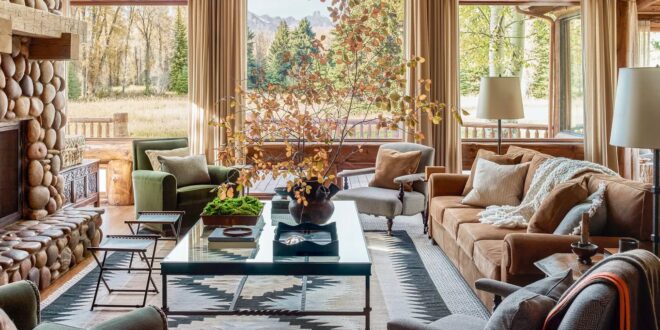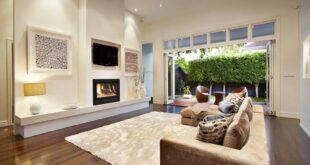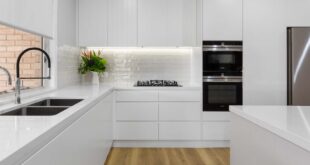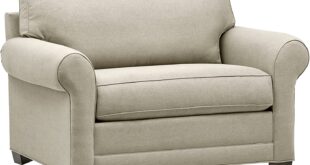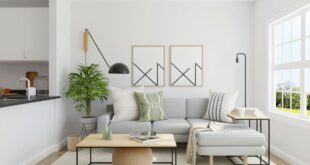Discovering the Perfect Decorating Style for Your Home
Your home is more than just a building; it’s a reflection of your personality, your lifestyle, and your aspirations. Choosing the right decorating style can transform a house into a home, creating a space that feels both comfortable and inspiring. But with so many options available, from the timeless elegance of traditional design to the sleek minimalism of modern aesthetics, navigating the world of decorating styles can feel overwhelming. Don’t worry, we’re here to guide you through it!
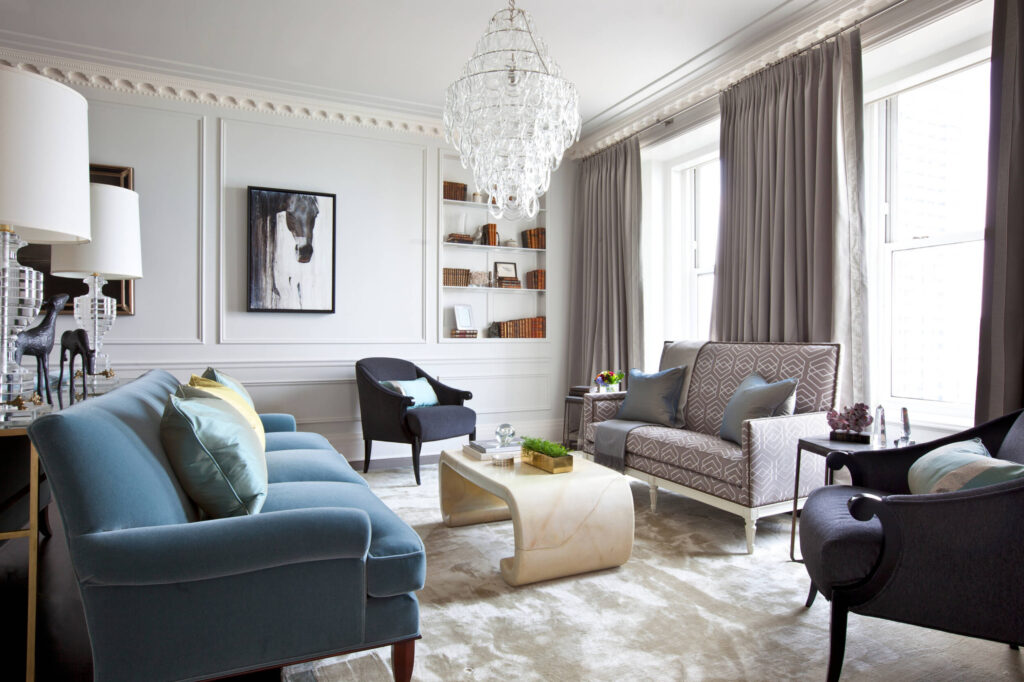
This comprehensive guide will explore some of the most popular decorating styles, providing you with the information and inspiration you need to find the perfect fit for your space and your taste. We’ll delve into the key characteristics of each style, including color palettes, furniture choices, architectural details, and accessories. Whether you’re looking to completely revamp your home or simply add a few touches of personality, understanding these different styles is the first step toward creating the home of your dreams.
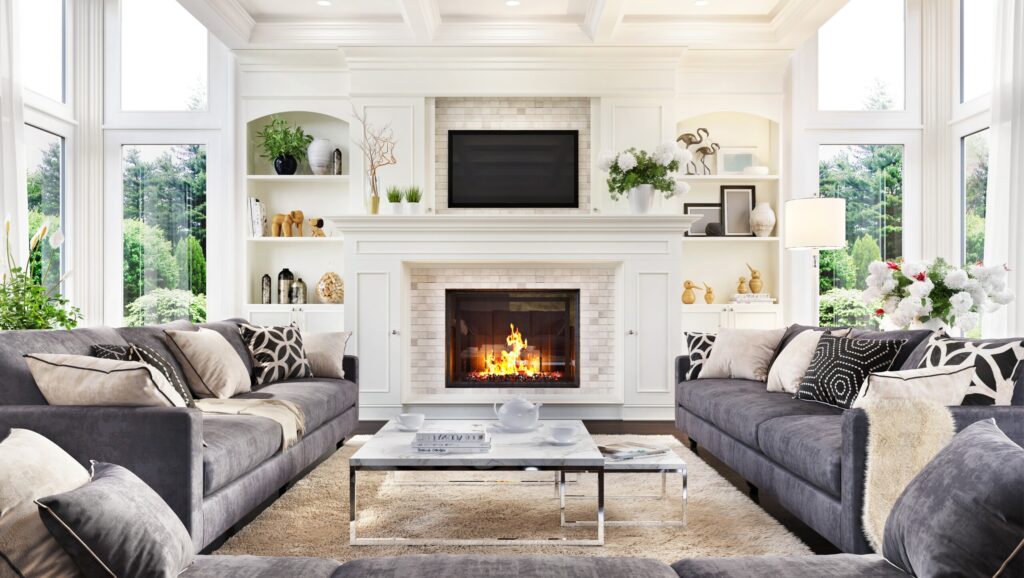
A Journey Through Diverse Decorating Styles
Let’s embark on a journey through the fascinating world of interior design, exploring a range of styles that cater to diverse tastes and preferences.
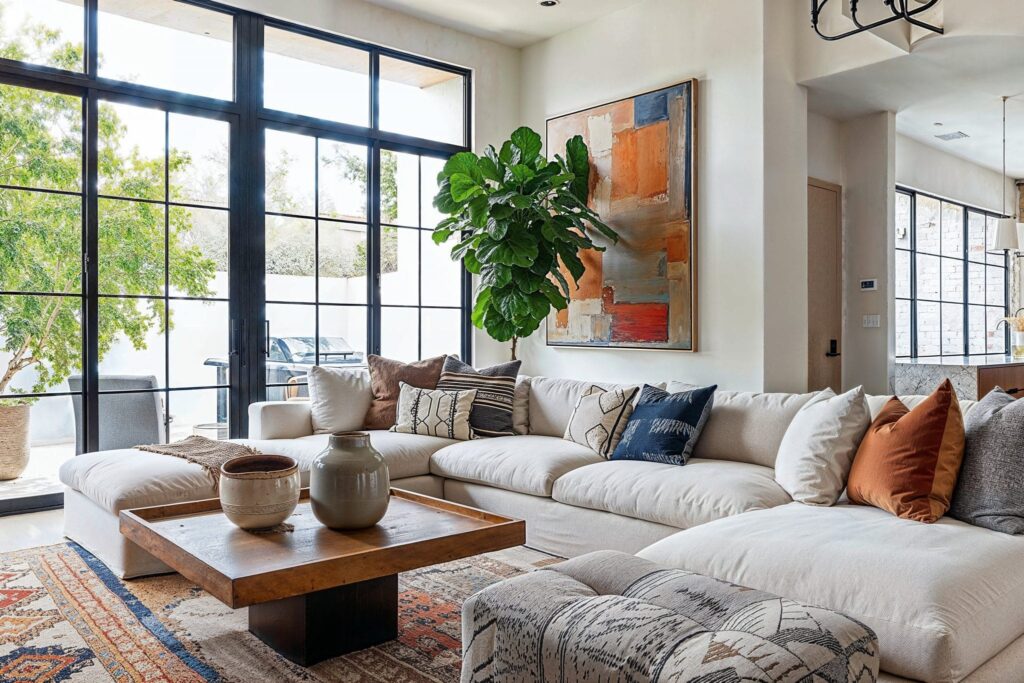
1. Traditional Style: Embracing Timeless Elegance
Traditional style is all about classic elegance and enduring appeal. It draws inspiration from 18th and 19th-century European decor, emphasizing formality, symmetry, and rich details. Think antique furniture, ornate moldings, and luxurious fabrics.
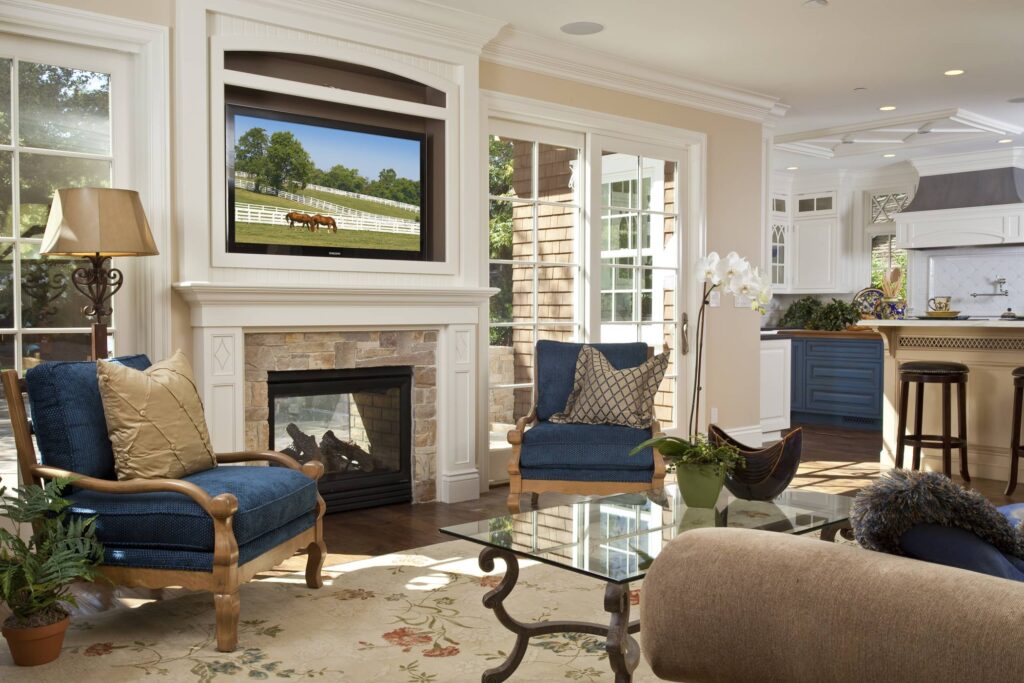
- Key Characteristics: Formal layouts, symmetrical arrangements, rich colors (think deep reds, greens, and golds), elaborate details, antique furniture, and luxurious fabrics like velvet and silk.
- Color Palette: Traditional spaces often feature warm, muted colors like cream, beige, gold, and burgundy. Accent colors can include deep greens, navy blues, and rich browns.
- Furniture: Expect to see heavily carved wood furniture, such as Queen Anne chairs, Chippendale tables, and stately armoires. Upholstery often features intricate patterns and luxurious fabrics.
- Accessories: Traditional style is all about layering textures and patterns. Think Persian rugs, antique mirrors, crystal chandeliers, and framed artwork depicting classic scenes.
- Who Should Choose It: Those who appreciate classic elegance, formality, and a sense of history. It’s perfect for those who want their home to feel grand and sophisticated.
2. Modern Style: Sleek, Minimalist, and Functional
Modern style emerged in the early to mid-20th century, rejecting the ornate details of previous eras in favor of clean lines, functionality, and simplicity. It’s all about creating a clutter-free and streamlined space.
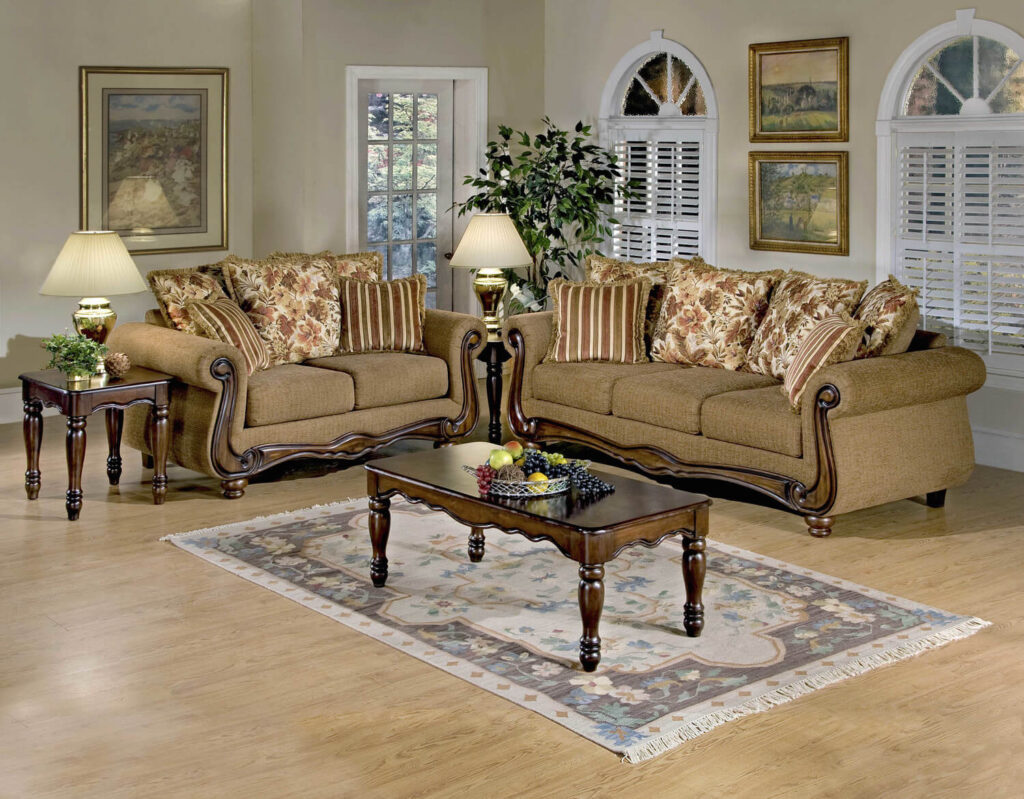
- Key Characteristics: Clean lines, minimalist aesthetic, open floor plans, neutral colors, natural materials (like wood, glass, and metal), and a focus on functionality.
- Color Palette: Modern spaces typically feature a neutral color palette of white, gray, and black, with pops of color used sparingly.
- Furniture: Furniture is typically simple and geometric, with clean lines and minimal ornamentation. Materials like leather, chrome, and glass are common.
- Accessories: Accessories are kept to a minimum, with a focus on functionality and visual appeal. Think abstract art, geometric sculptures, and simple vases.
- Who Should Choose It: Those who appreciate simplicity, functionality, and a clean aesthetic. It’s perfect for those who want a home that feels uncluttered and contemporary.
3. Contemporary Style: Evolving and Ever-Changing
Contemporary style is often confused with modern style, but there’s a key difference: contemporary style is constantly evolving and reflecting current trends. It’s a dynamic and fluid style that embraces new materials, technologies, and ideas.
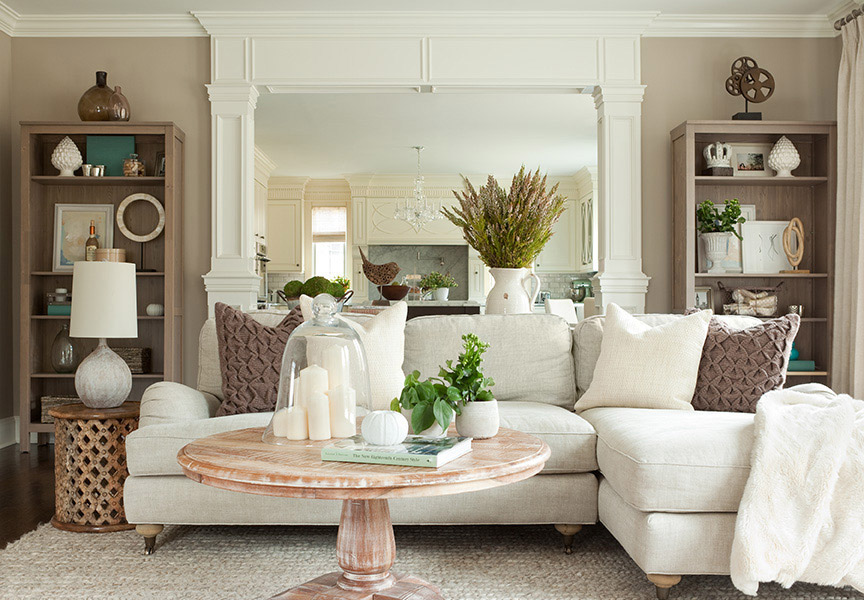
- Key Characteristics: A mix of modern and other styles, incorporating current trends, neutral colors with bold accents, a focus on comfort and sustainability, and a mix of textures and materials.
- Color Palette: Contemporary spaces often feature a neutral base palette with pops of color used strategically. Think grays, whites, and blacks with accents of jewel tones or bright hues.
- Furniture: Furniture can be a mix of styles, but it typically features clean lines and comfortable proportions. Fabrics like velvet, leather, and linen are common.
- Accessories: Accessories are used to add personality and visual interest. Think statement lighting, sculptural art, and textured throws.
- Who Should Choose It: Those who enjoy staying on top of current trends and want a home that feels fresh and up-to-date.
4. Minimalist Style: Embracing the Beauty of Simplicity
Minimalist style takes the principles of modern design to the extreme, stripping away everything unnecessary to create a space that is both functional and aesthetically pleasing. It’s all about living with less and focusing on quality over quantity.
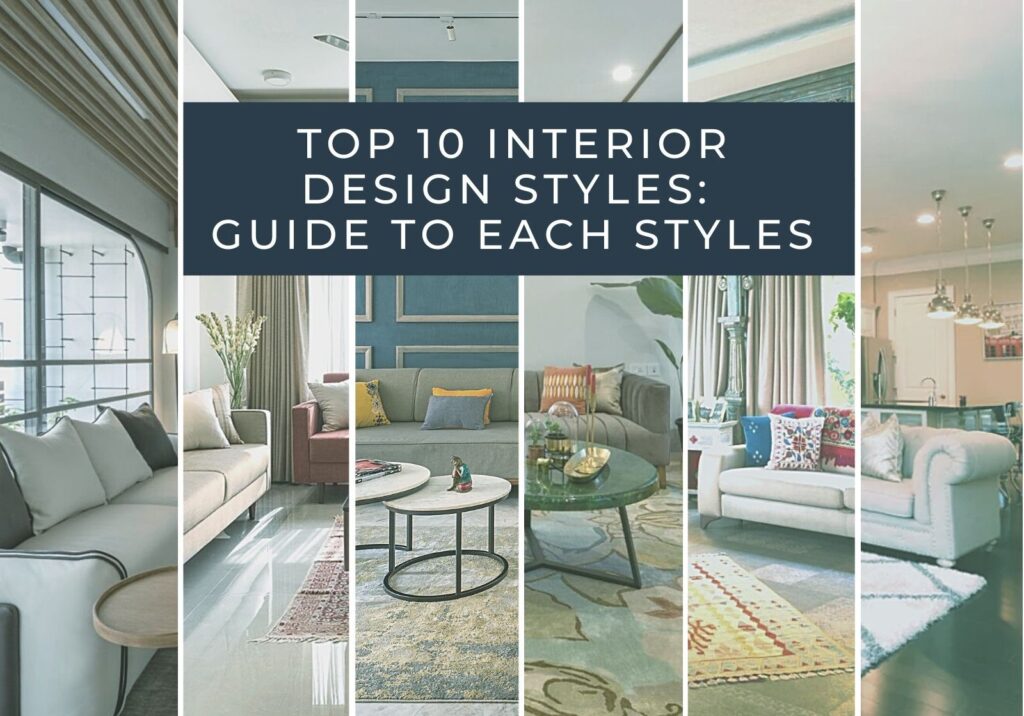
- Key Characteristics: Extreme simplicity, clean lines, a neutral color palette, minimal furniture and accessories, and a focus on functionality.
- Color Palette: Minimalist spaces typically feature a very limited color palette of white, gray, and black. Natural materials like wood and stone can add warmth and texture.
- Furniture: Furniture is kept to a minimum and is typically simple and functional. Each piece should serve a purpose and be carefully chosen.
- Accessories: Accessories are almost non-existent. If used, they should be simple, functional, and carefully chosen to complement the overall aesthetic.
- Who Should Choose It: Those who appreciate extreme simplicity, functionality, and a clutter-free environment. It’s perfect for those who want to live with less and focus on what’s truly important.
5. Bohemian Style: A Celebration of Freedom and Individuality
Bohemian style is all about expressing your personality and embracing a free-spirited, eclectic aesthetic. It’s a celebration of color, pattern, and texture, with a focus on comfort and individuality.
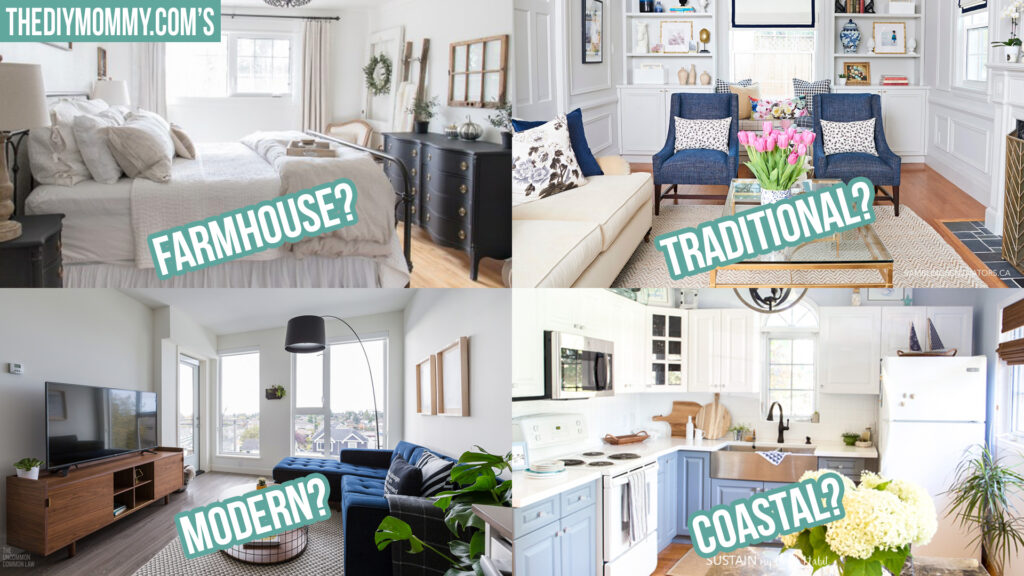
- Key Characteristics: Eclectic mix of patterns and textures, vibrant colors, vintage furniture, globally inspired decor, and a relaxed, comfortable atmosphere.
- Color Palette: Bohemian spaces are typically filled with vibrant colors like jewel tones, earthy hues, and metallics.
- Furniture: Furniture can be a mix of vintage finds, flea market treasures, and globally inspired pieces. Comfort is key, so think plush cushions and cozy throws.
- Accessories: Accessories are essential to creating a bohemian vibe. Think layered rugs, macrame wall hangings, vintage textiles, and plenty of plants.
- Who Should Choose It: Those who are creative, free-spirited, and love to express their individuality through their home decor.
6. Industrial Style: Raw, Unrefined, and Urban
Industrial style draws inspiration from warehouses, factories, and other industrial spaces. It embraces raw materials, exposed brick, and utilitarian design.
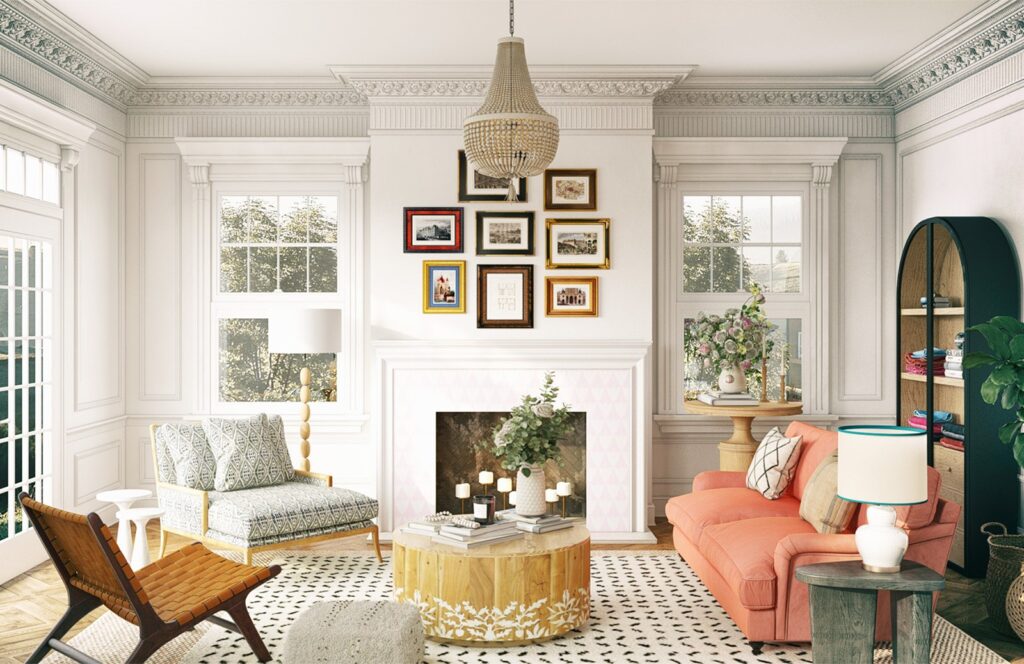
- Key Characteristics: Exposed brick, concrete floors, metal accents, vintage lighting, and a raw, unfinished aesthetic.
- Color Palette: Industrial spaces typically feature a neutral color palette of gray, black, and white, with accents of metal and wood.
- Furniture: Furniture is often made from metal, wood, and leather, and it has a utilitarian feel. Think vintage factory carts, metal lockers, and leather sofas.
- Accessories: Accessories are kept to a minimum and are often functional items like vintage tools, metal signage, and Edison bulb lighting.
- Who Should Choose It: Those who appreciate raw, unrefined aesthetics and want a home that feels urban and edgy.
7. Scandinavian Style: Simple, Functional, and Cozy
Scandinavian style emphasizes simplicity, functionality, and comfort. It’s all about creating a bright, airy, and inviting space with a focus on natural light and materials.
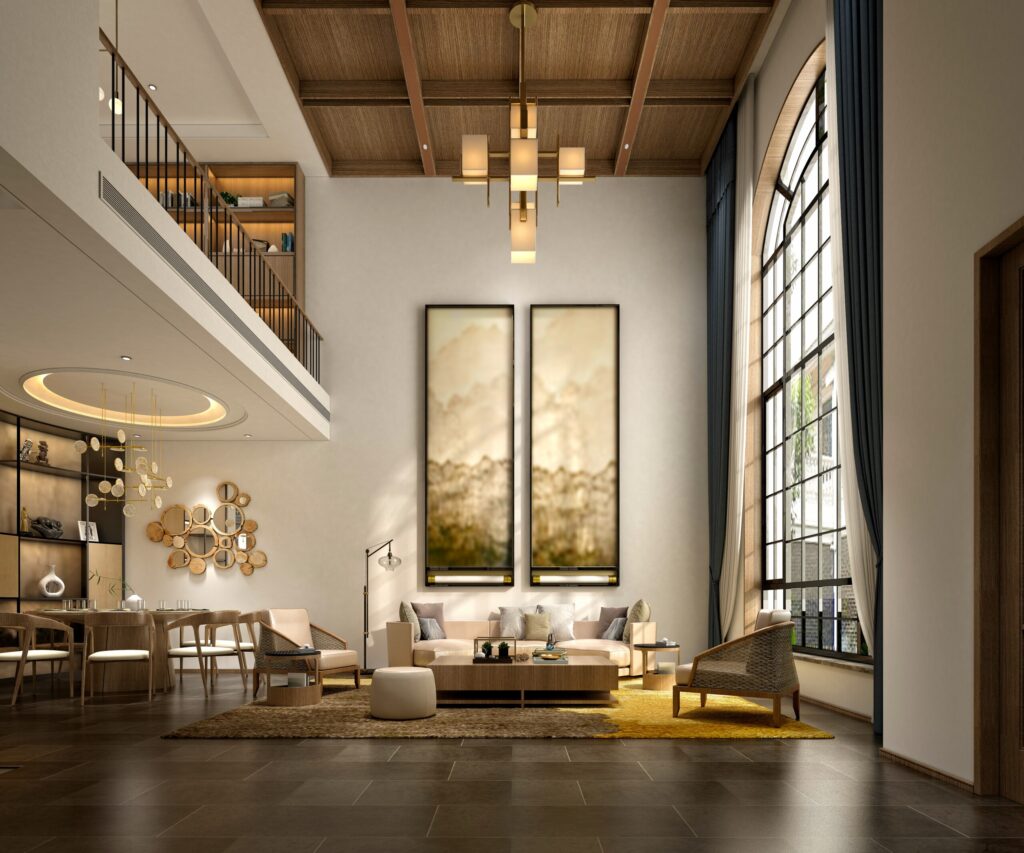
- Key Characteristics: Light and airy spaces, neutral colors, natural materials (like wood and linen), minimalist furniture, and a focus on functionality.
- Color Palette: Scandinavian spaces typically feature a neutral color palette of white, gray, and beige, with accents of pastel colors and natural wood tones.
- Furniture: Furniture is simple, functional, and often made from light-colored wood. Clean lines and minimalist design are key.
- Accessories: Accessories are kept to a minimum and are often functional items like candles, blankets, and plants.
- Who Should Choose It: Those who appreciate simplicity, functionality, and a cozy atmosphere. It’s perfect for those who want a home that feels bright, airy, and inviting.
8. Farmhouse Style: Rustic Charm and Cozy Comfort
Farmhouse style evokes a sense of rustic charm, warmth, and comfort. It blends traditional elements with a touch of modern sensibility, creating a space that feels both inviting and stylish.
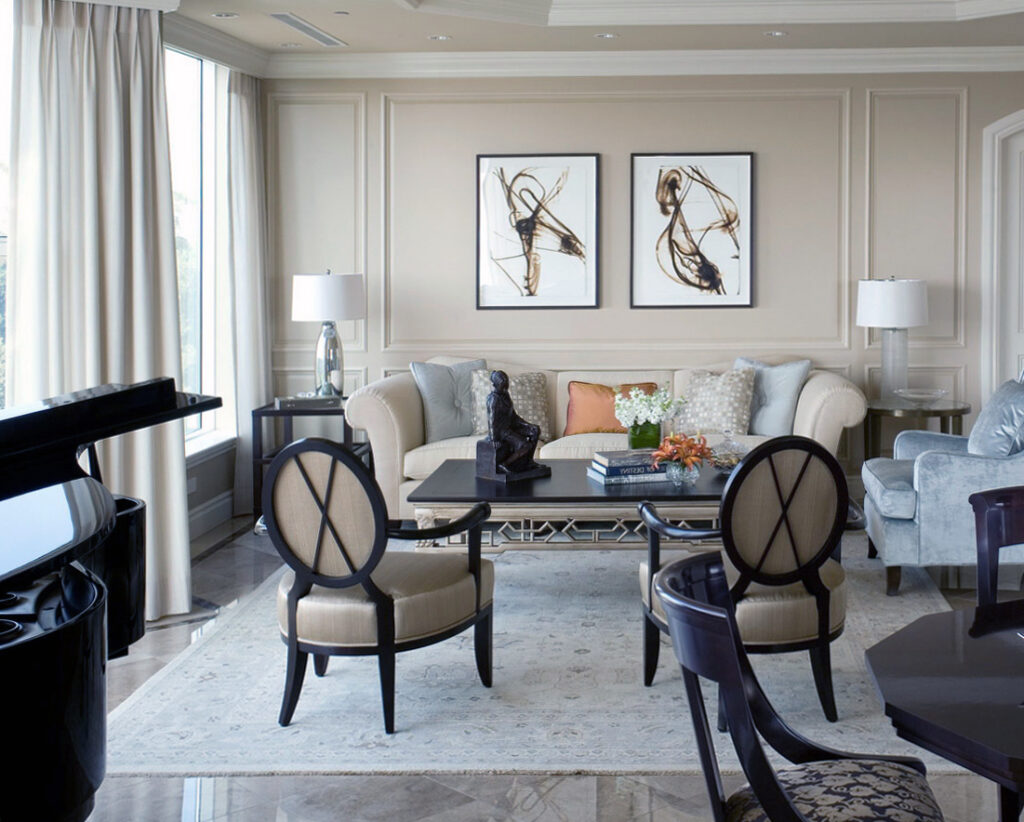
- Key Characteristics: Natural materials (like wood, stone, and burlap), neutral colors, vintage accents, comfortable furniture, and a relaxed atmosphere.
- Color Palette: Farmhouse spaces typically feature a neutral color palette of white, cream, and gray, with accents of earthy tones like brown, green, and blue.
- Furniture: Furniture is often made from reclaimed wood and features distressed finishes. Think farmhouse tables, antique chairs, and cozy sofas.
- Accessories: Accessories are essential to creating a farmhouse vibe. Think vintage signs, galvanized metal accents, mason jars, and plenty of greenery.
- Who Should Choose It: Those who appreciate rustic charm, comfort, and a relaxed atmosphere. It’s perfect for those who want a home that feels warm, inviting, and family-friendly.
9. Coastal Style: Breezy, Relaxed, and Beachy
Coastal style is all about creating a relaxed and breezy atmosphere that evokes the feeling of being by the sea. It emphasizes natural light, airy fabrics, and a calming color palette.
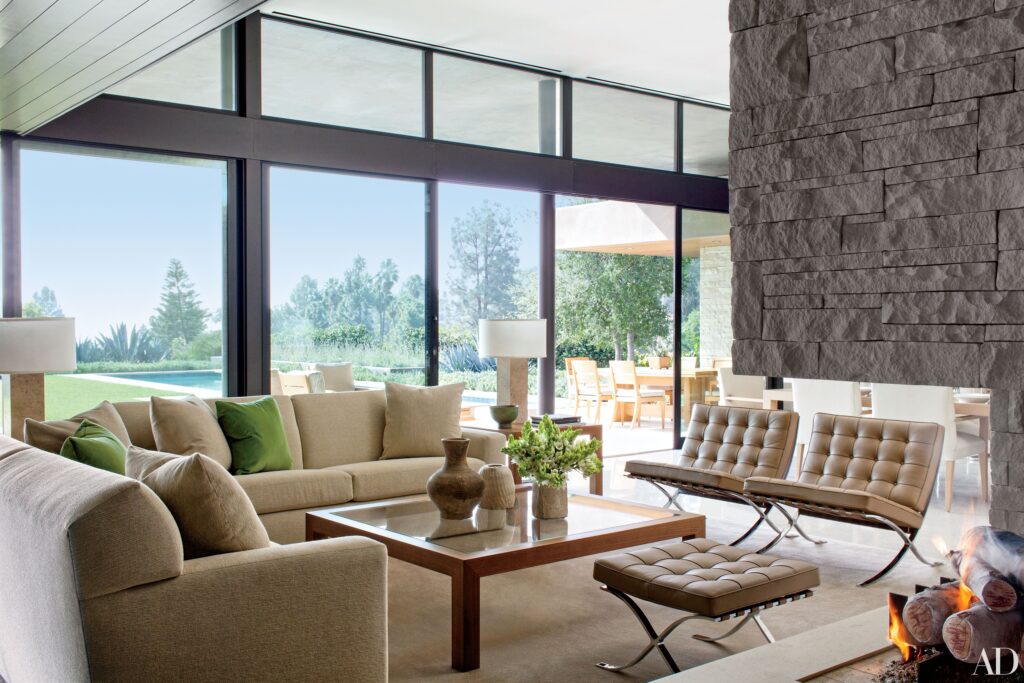
- Key Characteristics: Light and airy spaces, natural light, neutral colors (like white, beige, and blue), natural materials (like wood, linen, and cotton), and nautical accents.
- Color Palette: Coastal spaces typically feature a color palette of white, beige, and blue, with accents of coral, turquoise, and sand.
- Furniture: Furniture is often made from light-colored wood or wicker and features comfortable cushions. Think slipcovered sofas, wicker chairs, and driftwood accents.
- Accessories: Accessories are inspired by the sea, such as seashells, starfish, coral, and nautical artwork.
- Who Should Choose It: Those who love the beach and want to create a relaxed and breezy atmosphere in their home.
10. Hollywood Regency: Glamorous, Luxurious, and Dramatic
Hollywood Regency is a glamorous and opulent style that draws inspiration from the Golden Age of Hollywood. It’s all about creating a dramatic and luxurious space with bold colors, metallic accents, and luxurious fabrics.

- Key Characteristics: Bold colors, metallic accents (like gold and silver), luxurious fabrics (like velvet and silk), mirrored furniture, and dramatic lighting.
- Color Palette: Hollywood Regency spaces typically feature bold colors like black, white, gold, and jewel tones.
- Furniture: Furniture is often mirrored or lacquered and features glamorous details like tufting and nailhead trim.
- Accessories: Accessories are luxurious and dramatic, such as crystal chandeliers, velvet pillows, and mirrored trays.
- Who Should Choose It: Those who love glamour, luxury, and drama and want to create a space that feels sophisticated and opulent.
Mixing and Matching: Creating Your Unique Style
While understanding these different decorating styles is a great starting point, don’t feel limited to just one. The most interesting and personal homes often incorporate elements from multiple styles. The key is to find a balance that reflects your individual taste and creates a cohesive and harmonious space.
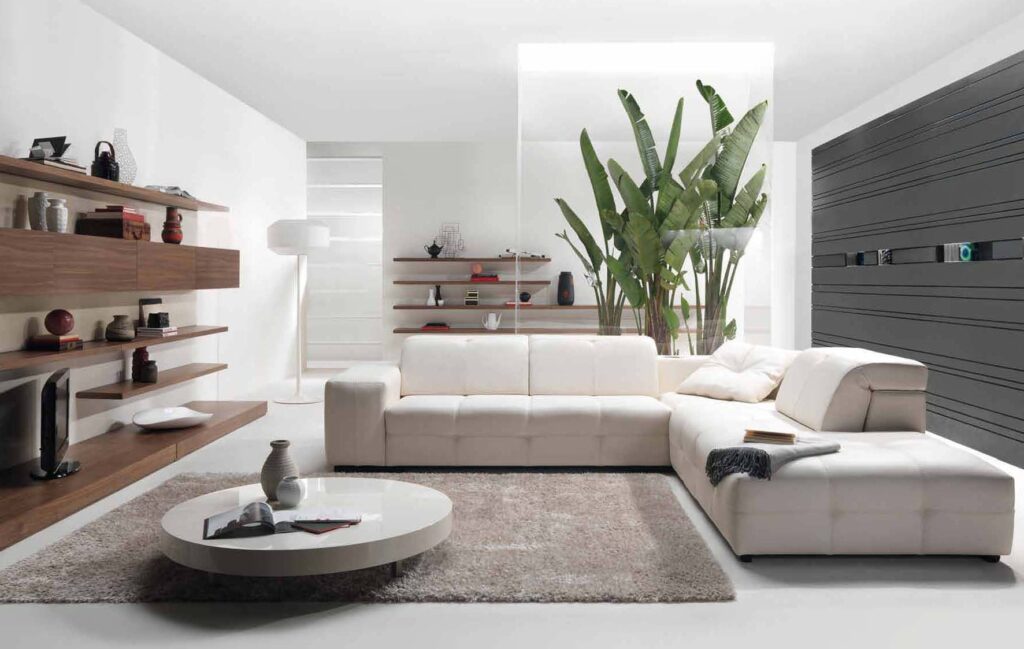
Here are a few tips for mixing and matching decorating styles:
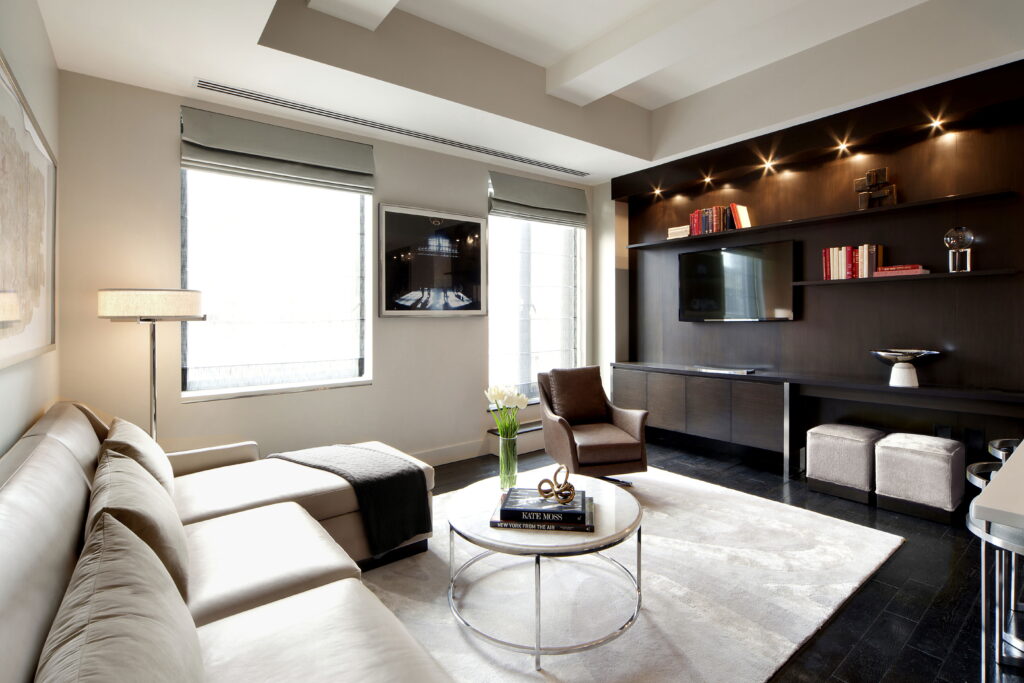
- Start with a Foundation: Choose one dominant style to serve as the foundation for your space.
- Introduce Complementary Elements: Add elements from other styles that complement the foundation style.
- Focus on Cohesion: Choose colors, textures, and patterns that work well together to create a cohesive look.
- Don’t Be Afraid to Experiment: Try different combinations of styles until you find something that you love.
- Trust Your Instincts: Ultimately, the most important thing is to create a space that you love and that reflects your personality.
The Power of Personalization
Regardless of the decorating style you choose, remember that your home should be a reflection of you. Personalize your space with items that you love and that have meaning to you. Display family photos, artwork, and souvenirs from your travels. Add personal touches that make your home feel unique and inviting.
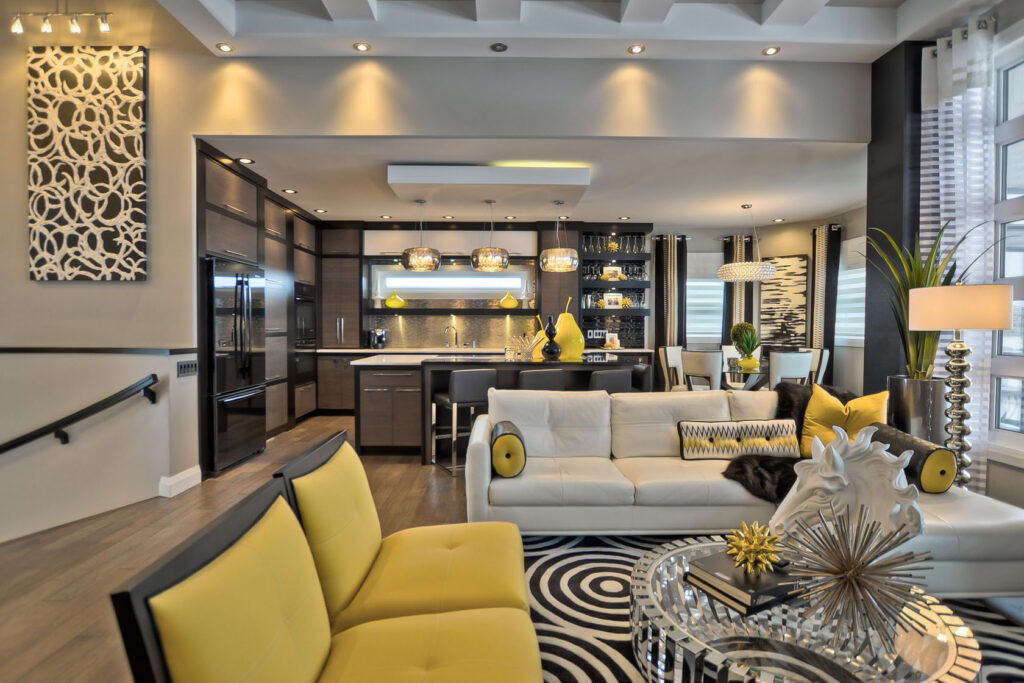
Your home is your sanctuary, your haven, and your creative canvas. Embrace the journey of decorating and create a space that you truly love.
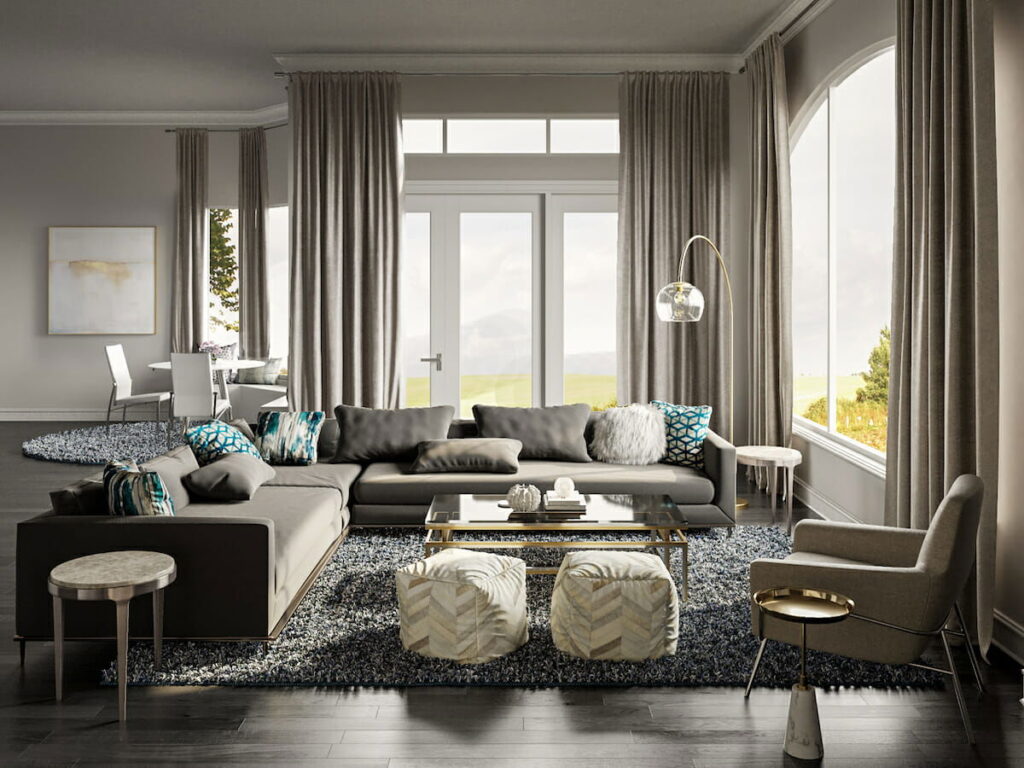
Beyond Aesthetics: Functionality and Comfort
While aesthetics are important, don’t forget about functionality and comfort. A beautiful home is only truly successful if it’s also comfortable and functional for your needs. Consider how you use your space and choose furniture and accessories that support your lifestyle.
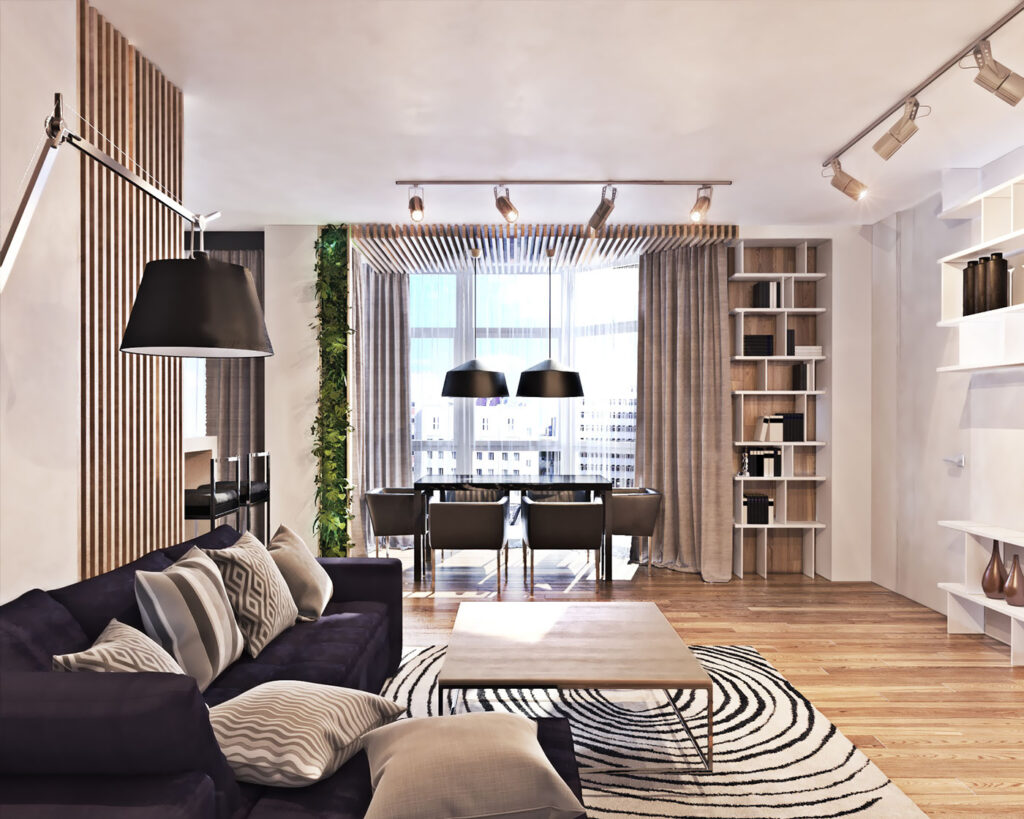
Think about the flow of your home and how people will move through it. Ensure that there is adequate lighting and storage. Choose comfortable seating and bedding. Create a space that is both beautiful and practical.
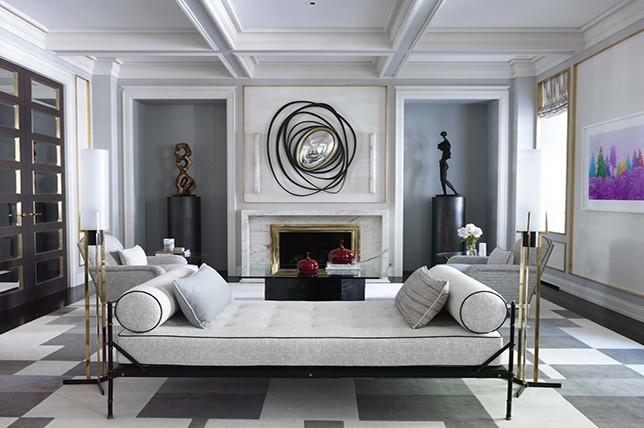
Sustainable Decorating: A Growing Trend
As we become more aware of our impact on the environment, sustainable decorating is becoming increasingly popular. This involves choosing eco-friendly materials, repurposing existing items, and supporting ethical and sustainable brands.
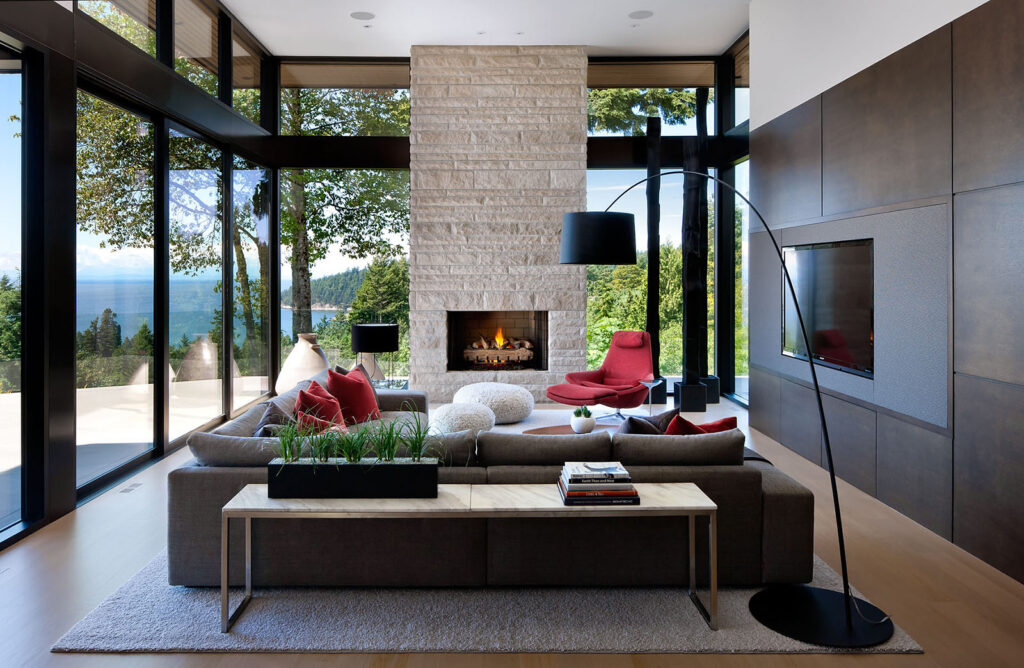
Consider using recycled or reclaimed materials, such as reclaimed wood furniture or recycled glass countertops. Choose organic fabrics and natural paints. Shop at thrift stores and antique shops to find unique and sustainable pieces. By making conscious choices, you can create a beautiful and sustainable home.
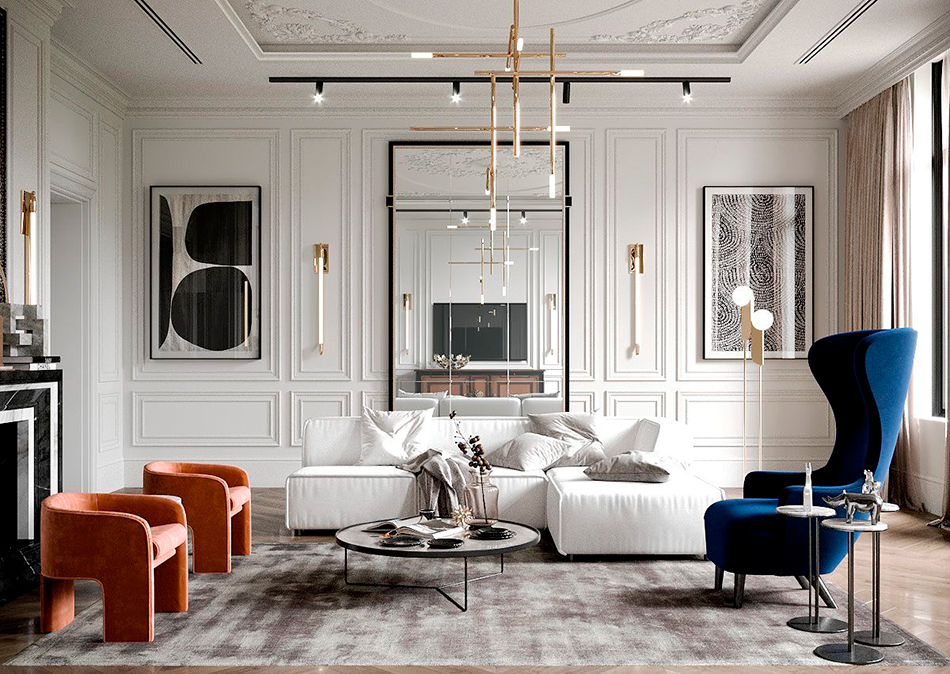
The Ever-Evolving World of Decorating Styles
The world of decorating styles is constantly evolving, with new trends and ideas emerging all the time. Stay informed about the latest trends by reading design magazines, browsing online resources, and following interior designers on social media. But remember to stay true to your own taste and create a space that reflects your individual style.
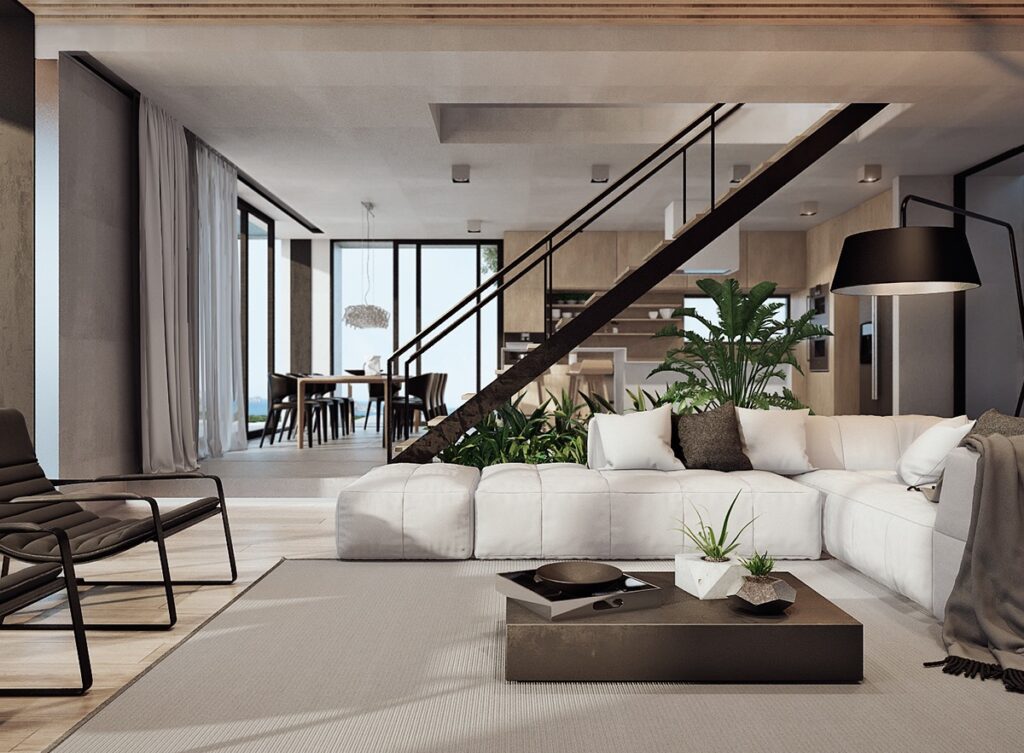
Decorating your home is a personal journey, and there’s no right or wrong way to do it. Embrace your creativity, experiment with different styles, and create a space that you love. Your home should be a reflection of your personality, your lifestyle, and your dreams. So, go ahead and unlock your home’s potential!
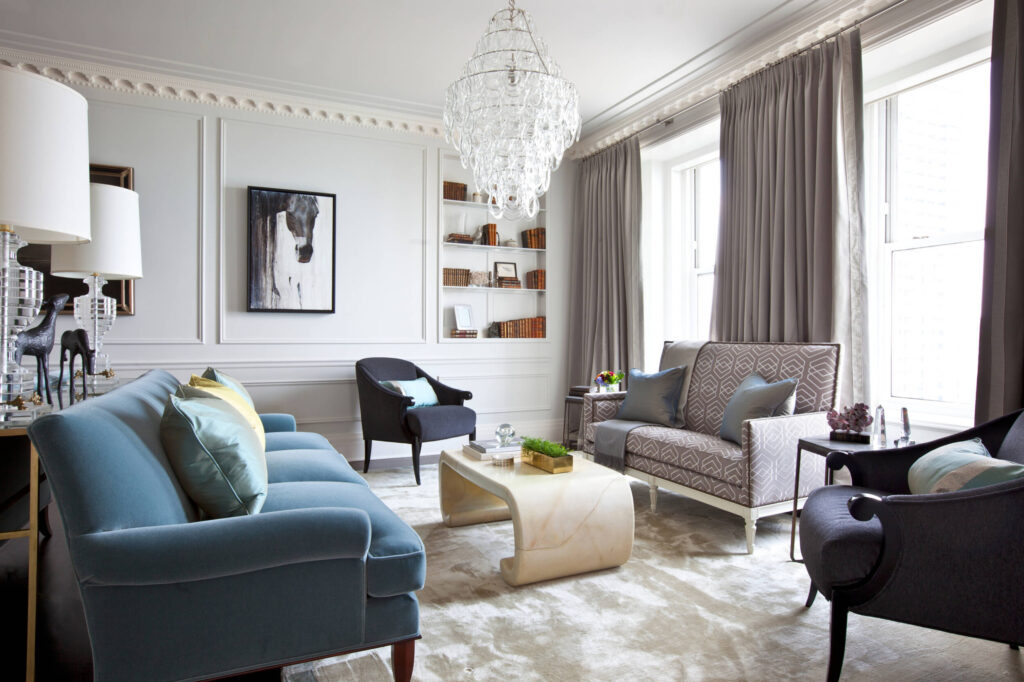
 Nimila
Nimila
